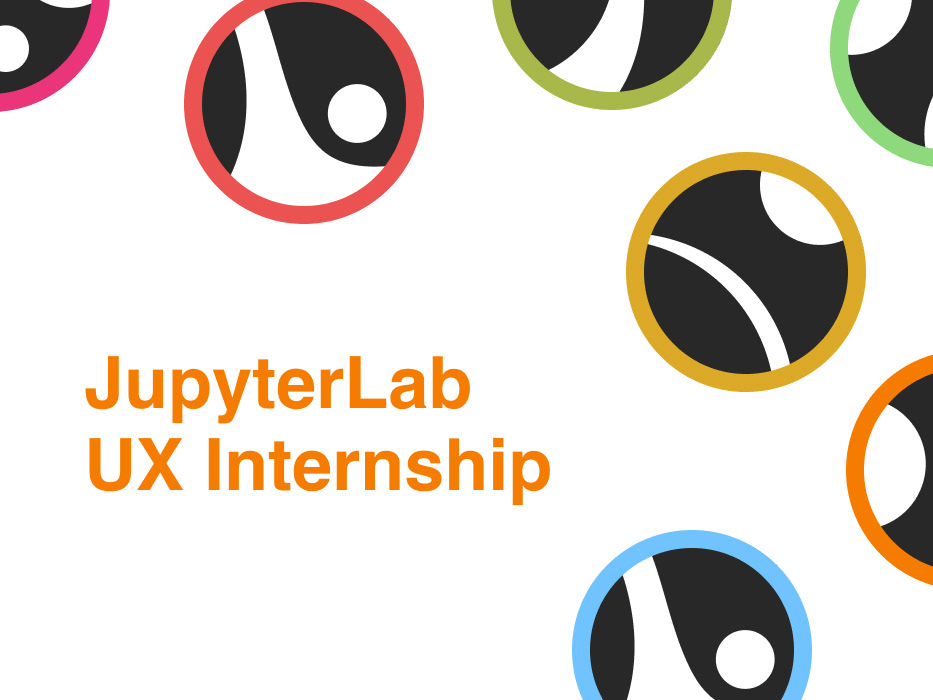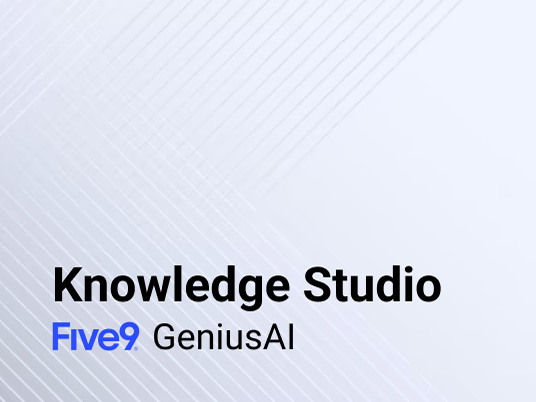Five9's first-generation AI solution was an assistant for contact centers, designed to support agents with real-time guidance, task lists, interaction summaries, and feedback mechanisms. The system was built around a custom AI model trained on each customer’s data, requiring extensive professional services for every deployment.
This rigid architecture made it difficult and time-consuming to onboard customers—especially those who only needed basic agent assist features. As the UX designer, my role was to reimagine the experience for scalability, modularity, and ease of use, while aligning the UI with evolving AI capabilities, including newer base models and LLMs.
Research & Key Findings
Through user interviews with both internal professional services teams and external customers, I uncovered several critical pain points:
Excessive Setup Time:
Users were frustrated by the requirement to train a full NLP model just to access basic features like guidance cards and call summaries.
Users were frustrated by the requirement to train a full NLP model just to access basic features like guidance cards and call summaries.
Tight Coupling of Features:
Common components like task lists and summaries were locked within specific assistant instances, making them non-reusable and time-consuming to recreate.
Common components like task lists and summaries were locked within specific assistant instances, making them non-reusable and time-consuming to recreate.
Confusing Hierarchies:
The interface did not reflect the actual architecture of the system, leading to confusion and errors during setup and maintenance.
The interface did not reflect the actual architecture of the system, leading to confusion and errors during setup and maintenance.
Rigid Configuration Flow:
Users found it difficult to adapt the system to changing needs without extensive support from Five9’s services team.
Users found it difficult to adapt the system to changing needs without extensive support from Five9’s services team.
Design Solution:
To directly address these user pain points, I led a comprehensive redesign of the GeniusAI platform:
Modular Architecture in UX:
I decoupled core functionalities (guidance cards, task lists, summaries) from individual assistants. This made these components reusable and significantly reduced the configuration burden for both internal teams and customers.
I decoupled core functionalities (guidance cards, task lists, summaries) from individual assistants. This made these components reusable and significantly reduced the configuration burden for both internal teams and customers.
New Experience Architecture:
I restructured the product’s UI to mirror the underlying system logic, introducing clear hierarchies and better visual organization. This reduced cognitive load and allowed users to navigate and configure assistants more intuitively.
I restructured the product’s UI to mirror the underlying system logic, introducing clear hierarchies and better visual organization. This reduced cognitive load and allowed users to navigate and configure assistants more intuitively.
Rule-Based Guidance System:
Replaced complex NLP-trigger dependencies with a simple “if this, then that” rule engine. This made it easy for users to define agent guidance logic without needing to train a model first, dramatically lowering the barrier to entry.
Replaced complex NLP-trigger dependencies with a simple “if this, then that” rule engine. This made it easy for users to define agent guidance logic without needing to train a model first, dramatically lowering the barrier to entry.
Rapid Assistant Creation:
Introduced the ability to launch lightweight assistants without AI model training, enabling users to access key functionalities like call summaries and task lists instantly.
Introduced the ability to launch lightweight assistants without AI model training, enabling users to access key functionalities like call summaries and task lists instantly.
Future-Ready Exploration:
Conducted early explorations into upgrading our intent-based AI with LLMs, focusing on hybrid models that combine foundational AI with Five9’s proprietary data for contextual accuracy.
Conducted early explorations into upgrading our intent-based AI with LLMs, focusing on hybrid models that combine foundational AI with Five9’s proprietary data for contextual accuracy.
Results:
Significant Reduction in Configuration Time:
Both legacy and new users reported a dramatic decrease in setup effort. Legacy users highlighted the improved clarity and modularity, while new users were able to adopt the tool quickly with minimal onboarding.
Both legacy and new users reported a dramatic decrease in setup effort. Legacy users highlighted the improved clarity and modularity, while new users were able to adopt the tool quickly with minimal onboarding.
Faster Deployment for Professional Services:
By decoupling key features from the assistant model, professional services teams could deliver value to customers much faster, improving customer satisfaction.
By decoupling key features from the assistant model, professional services teams could deliver value to customers much faster, improving customer satisfaction.
Increased AI Adoption:
The usability improvements contributed to a consistent increase in the AI attachment rate in key sales deals, helping drive product growth and revenue.
The usability improvements contributed to a consistent increase in the AI attachment rate in key sales deals, helping drive product growth and revenue.







